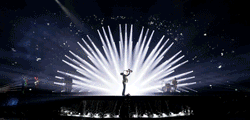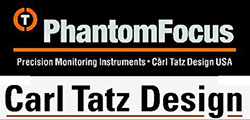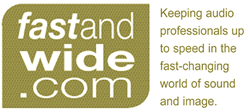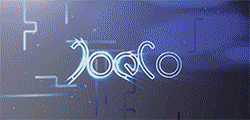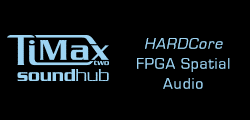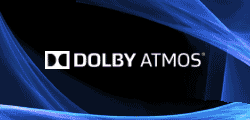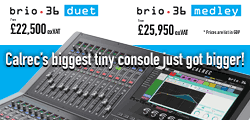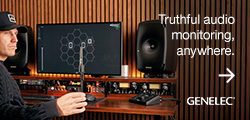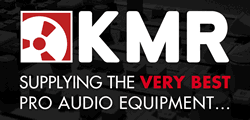DiGiCo will launch the latest in its series of I/O rack modules at the forthcoming AES convention in New York – the Mini and Nano racks bring a wide range of input and output options to the company's SD systems.
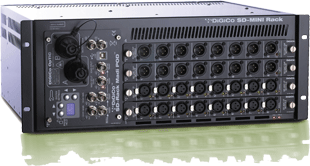 Multiple DiGiCo mixing consoles can be positioned in an Optocore’ 2G optical loop, suited to complex live or broadcast productions where multiple consoles need to share and sub-mix I/O. An example of how this can work in the real world is for FOH, monitors and a live broadcast feed. Instead of all the I/O connections having to be in one place, they can be distributed throughout a venue at the most convenient points.
Multiple DiGiCo mixing consoles can be positioned in an Optocore’ 2G optical loop, suited to complex live or broadcast productions where multiple consoles need to share and sub-mix I/O. An example of how this can work in the real world is for FOH, monitors and a live broadcast feed. Instead of all the I/O connections having to be in one place, they can be distributed throughout a venue at the most convenient points.
‘With a digital system it makes no sense to have long lengths of analogue cabling between your audio sources or amplifiers/loudspeakers and a central I/O rack,’ says DiGiCo Marketing Director, David Webster.
‘In a theatre, you might want 56 mic inputs and 24 outputs as a main I/O rack, then a few more each side of the stage, perhaps a few for an event in the foyer and some more in an adjacent rehearsal room. Now you can use an SD-Rack for the main onstage I/O rack, but have a Nano rack each side of the stage, another in the foyer and a Mini rack in the rehearsal room, all communicating and working with up to five redundant consoles.’
Alternatively, at a sports broadcasting event, a combination of I/O racks can be distributed about the field of play, all backed up on a redundant single or multimode optical loop. Up to 14 rack IDs can be defined on each loop providing a full optical distribution system.
The Minirack has four standard SD hot swappable I/O card slots. These can be populated with any combination of the SD-Rack I/O cards; currently these include mic/line, line output, AES I/O, AES In, AES Out, Adat, Aviom, Dante and an in development HD-SDi card. Standard on the rack are Madi I/O connections along with the choice of either HMA, OpticalCon or ST optics.
Half the physical size of the Minirack, the Nano offers two SD hot swappable I/O card slots, with the same card options. Optical connections are again user defined with HMA, OpticalCon or ST options.
With DiGiCo’s Gain Tracking, all consoles can share the inputs of all racks, while any slot of eight outputs on any rack can be allocated to any console on the optical network, provided it has not been previously allocated by another console.
‘Another advantage of the system is cost savings,’ Webster adds. ‘For example, if the FOH engineer only needs eight outputs, he can use a slot of outputs on the rack that the monitor guy is using - so it means you don’t need to buy two racks.’
Together with DiGiCo’s SD and D racks, the Mini and Nano racks provide a completely flexible I/O rack solution for a wide variety of possible applications.
More: www.digico.org


